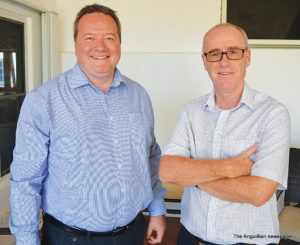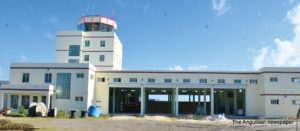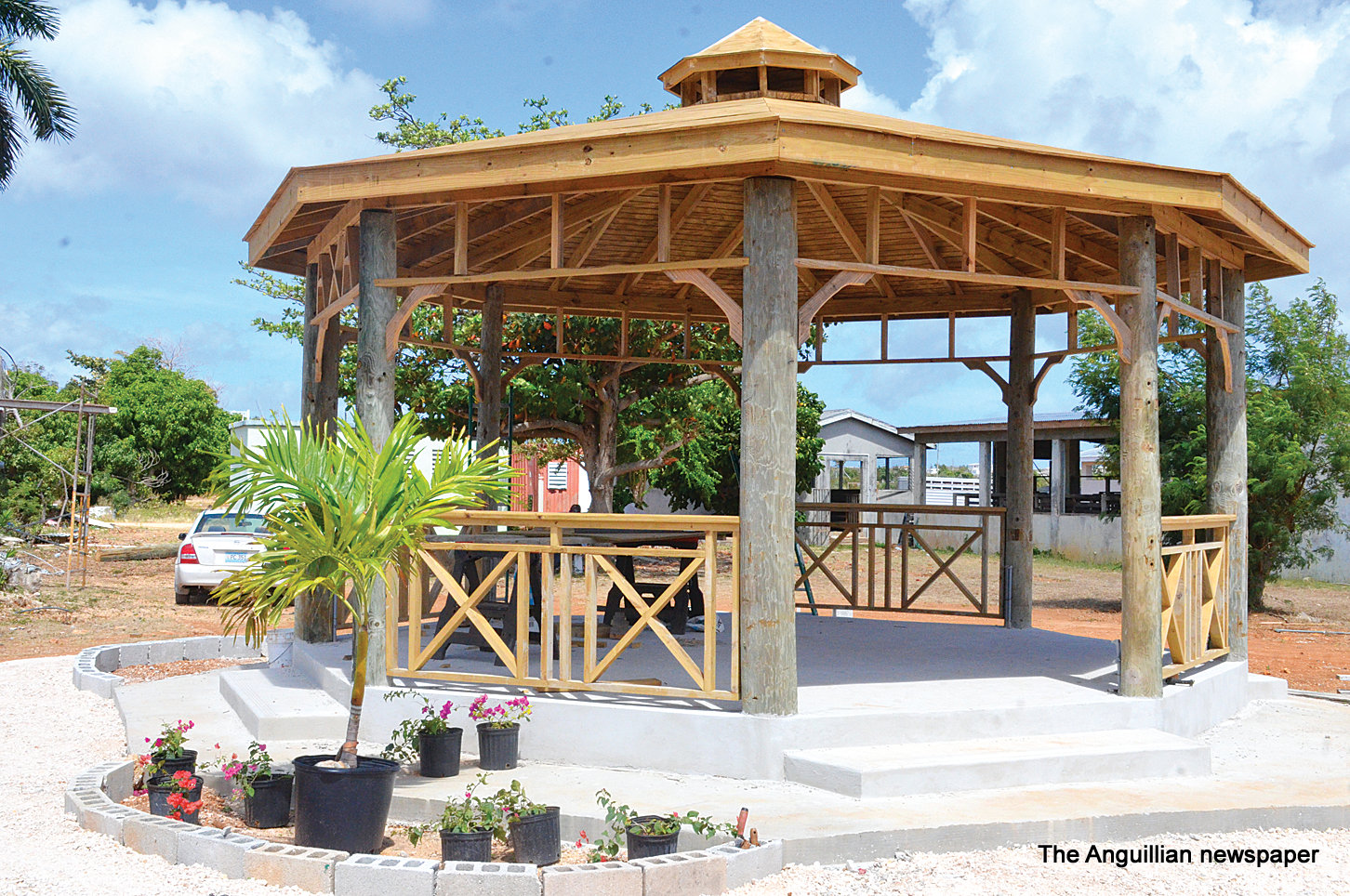
Both by its name and nature of duties, it is implied that the Anguilla Fire and Rescue Service should have responsibility for search and rescue at sea. As a consequence the department, located in the Combined Services Building at the Clayton J. Lloyd International Airport, is to have a special boat for that purpose; and the officers will also have the necessary training and expertise skills.
“The cue is almost in the name,” Governor Tim Foy, OBE, told The Anguillian newspaper on Monday, March 25, when disclosing the new thinking and role of the above department. He was accompanied at the interview by the newly-appointed Head of the Governor’s Office, Mr. Colin Hicks, MBE.
The Royal Anguilla Police Force, through its marine division, has been responsible for rescuing persons and boats in difficulty at sea for all its years of existence. But, with growing pressure of work, the Force will now be concerned with interdiction, working in collaboration with the Customs and Immigration Departments, to stamp out illegal activities and crime in Anguilla’s territorial waters. The Department of Fisheries and Marine Resources, which reportedly is to be merged with the Department of Agriculture later on, will apparently have its own specific role within that merger.
Asked to explain the new role of the Anguilla Fire and Rescue Service, Governor Foy replied: “As we are an international maritime nation – strange to say but because we go to St. Martin/St. Maarten making us international – we have to sign up to international maritime organizations’ standard, rules and regulations. It is a little bit like how the airport is regulated. The regulations are done by the International Maritime Organization which is a United Nations body. This is one of the cases where the regulations are not being imposed by the UK but by the international body.
“One of the requirements is that there is an effective search and rescue function, and for a long time Anguilla has not really had that. It is not to say that if there was a problem nobody would go out [at sea] to help – far from it…There are different dimensions that one must do to meet the standard, and the first is that it has to be a recognized authority with responsibility for search and rescue.
“We thought long and hard about this. It has to really be a uniformed, organized organization and it comes down to either the Police or the Fire and Rescue Service. It struck us that the Police are very, very busy on a range of issues and the clue is almost in the name – Fire and Rescue Service. In many ways, what the Fire Service does – hopefully it is not very busy because if it was, we would have lots of problems – is that it maintains a response capability. We felt it makes more sense to put the Maritime Search and Rescue Service, between here and St. Martin/St. Maarten, in the hands of the Fire Service because they [the officers] are trained; they exercise, have a communications network and it frees up the Police from having to be involved.
“The second thing is that we need to have an established Search and Rescue Centre. We now have that for the very first time because, in the new Control Tower and the Combined Services Building, a maritime response capability is being put in. It will have all the necessary radios and all that is needed with them. So if anybody gets on the emergency channel, and makes a call, it will be picked up by the Fire Service whose officers are there, all the time, and will be in a position to respond to an emergency.

“The third thing is the requirement for a boat. I know quite a few people are keen to sell boats, but we need to have a boat which is fit for that purpose. Hopefully, within the [UK] Anguilla Programme – just as we have been helping the fire-fighting capabilities – we will have a boat coming along.”
The Governor continued: “In the meantime, the operators of all the ferry and charter companies have agreed to act in a voluntary capacity. If something was to happen, the message would come through the Fire and Rescue Service which would request a particular company to provide cover for that day and the rescue would take place. But, clearly, that is not sustainable. What we need to have is a designated authority in terms of a reporting post at the Combined Services Building, a satellite post in the new Terminal at Blowing Point with a tower and a boat.
“For us, the decision was: Is it for the Police who have plenty to do on land, or is it to transfer the function [of search and rescue]? In the past the Police had a boat, but that was about interdiction and dealing with criminality – in the same way that Customs had a boat. For us, it makes sense to put the issue into the hand of the Fire and Rescue Service which would also be in a position to deal with any marine fires if one of the ferries [or other boat], unfortunately, caught fire.
“So that’s the reason and the rationale. We are making sure that Shondell Hodge [Chief Fire Officer] – whom we all have a great respect for, and is a bright and good guy – has access to the resources he needs. He is really working hard to raise standards and to have the best Fire Service there can be in the Eastern Caribbean. The key thing is that someone will be at the Combined Services Building 24/7, 365 days a year on the radio, able to take a call for rescue; and able at that point in time to organize a response. Hopefully, within the next six months, we will have the boat in place so that we don’t have to rely on the ferry and charter companies – but we know that they would assist anyway.”
The Governor added: “The new design for the Terminal at Blowing Point specifically includes a place to store the boat so that it will not be in the water all the time. That will protect it from the elements. The boat will be launched very quickly when it needs to be.”








